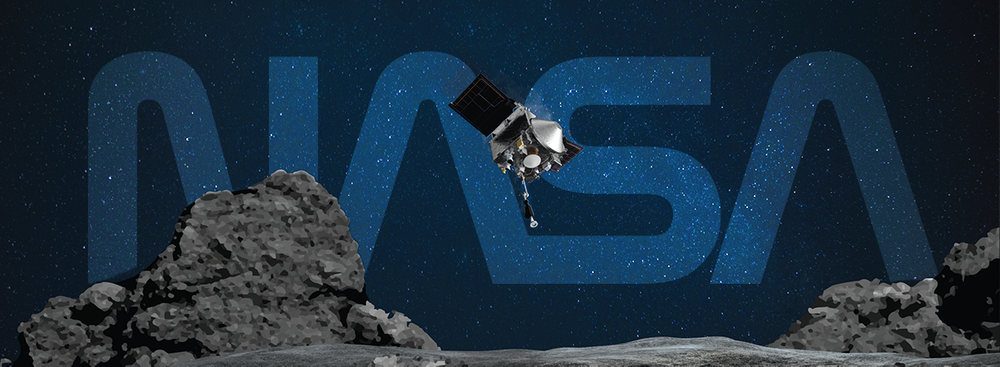For the first time in the history of humanity, scientists managed to land a probe on an asteroid. A NASA OSIRIS-REx spacecraft built by Lockheed Martin spent two years orbiting Bennu, a 4.5-billion-year-old asteroid which is a part of the Apollo group, and reached its surface on October 20.
"Maybe one more time - it's just so cool. I must have watched it about a hundred times last night." - @OSIRISREx principal investigator Dante Lauretta of @UArizonaLPL reveals the first images from the spacecraft's TAG of asteroid Bennu yesterday. #ToBennuAndBack pic.twitter.com/DqTtOA2pwg
— NASA (@NASA) October 21, 2020
“Today’s TAG maneuver was historic,” said Lori Glaze, Planetary Science Division director at NASA Headquarters in Washington. “The fact that we safely and successfully touched the surface of Bennu, in addition to all the other milestones this mission has already achieved, is a testament to the living spirit of exploration that continues to uncover the secrets of the solar system."
The probe landed in the Nightingale crater located in the northern hemisphere of the asteroid. It turned out to be one of the most convenient areas on the surface of Bennu. Following the spacecraft's descent, engineers were able to successfully deploy a regolith sampling system called the Touch-And-Go Sample Acquisition Mechanism (TAGSAM), an 11-foot robotic arm.
After successfully collecting pebbles and dust samples, OSIRIS-REx safely backed away and departed from the celestial body. It is not yet known how much material was actually grabbed, so it will take a few days before scientists can declare success. Ideally, scientists hope that the spacecraft obtained at least 60 grams of samples or, better yet, 2 kilos of the carbon-rich material.
The back-away burn is complete 🛑✅ I'm now moving to a safe distance away from Bennu. pic.twitter.com/bXk2ufSneS
— NASA's OSIRIS-REx (@OSIRISREx) October 20, 2020
If a successful collection of samples is confirmed, the return of the spacecraft to Earth is scheduled for 2023.
Bennu (1999 RQ36) is a small asteroid located more than 200 million miles from Earth. It was named after the Bennu bird, the symbol of the resurrection of Osiris. The results obtained during the asteroid research can provide answers to many questions, for example, about the origin of life on Earth and the formation of the solar system and our universe.
The mission began in 2016, when an Atlas V rocket launched the OSIRIS-REx (Origins-Spectral Interpretation-Resource Identification-Security-Regolith Explorer) spacecraft from Cape Canaveral, Florida. By the time OSIRIS-REx finally got to the asteroid, scientists found out that it was somewhat different from what they had expected because Bennu was much rockier, making landing and taking samples more difficult.
Such carbon-rich materials are of particular interest because asteroids like Bennu might have seeded Earth with water and other building blocks for life.
“These asteroids are really relics of the earliest material that formed the planets in the solar system. They hold the key information to unlocking our understanding of how the solar system formed, and how it evolved over time,” said Lori Glaze, NASA’s planetary science division director.
Scientists also estimate that there is a 1 in 2,700 chance Bennu asteroid could hit the Earth between the years 2175 and 2199. NASA is keeping a close eye on it.
Previously, only Japan has secured asteroid samples. The Japanese space agency has tried to collect samples from various asteroids during this century. The first Hayabusa mission managed to return less than a milligram of sample particles to Earth, while the second one, called Hayabusa2, is currently traveling back to Earth and will return samples in December.













